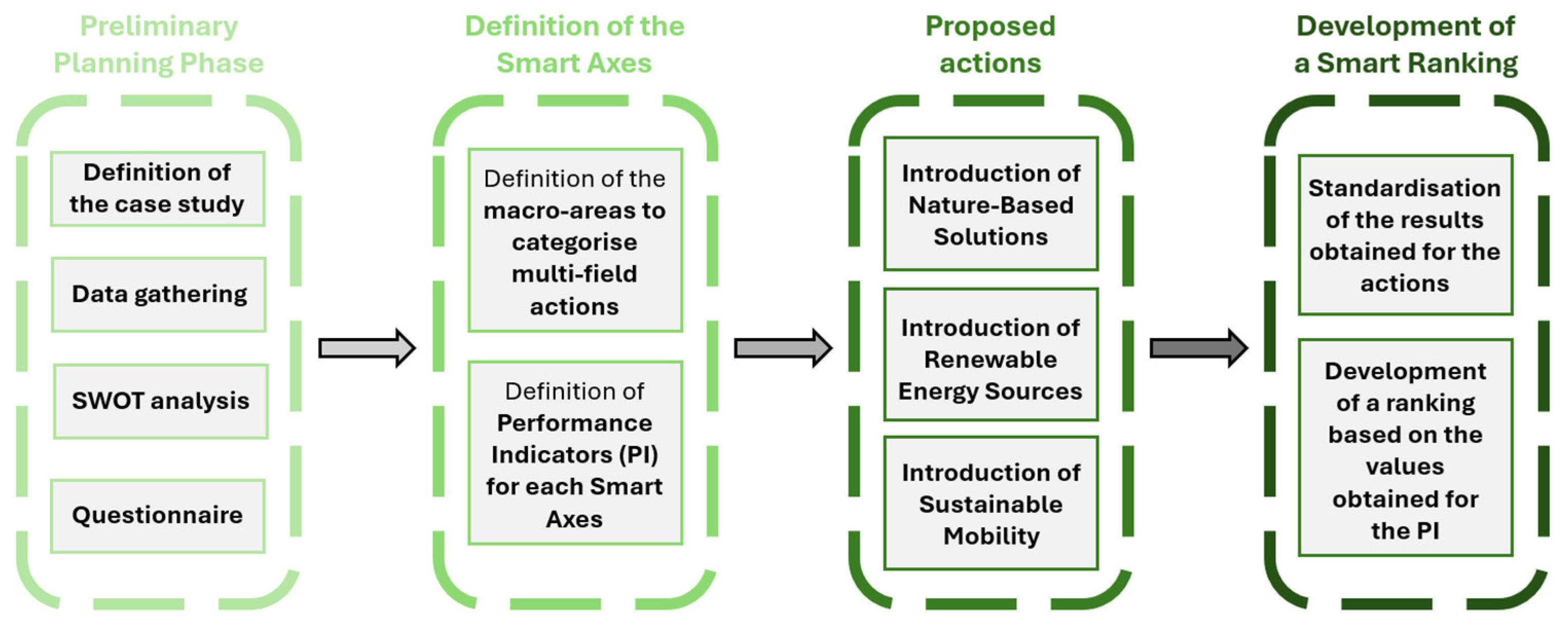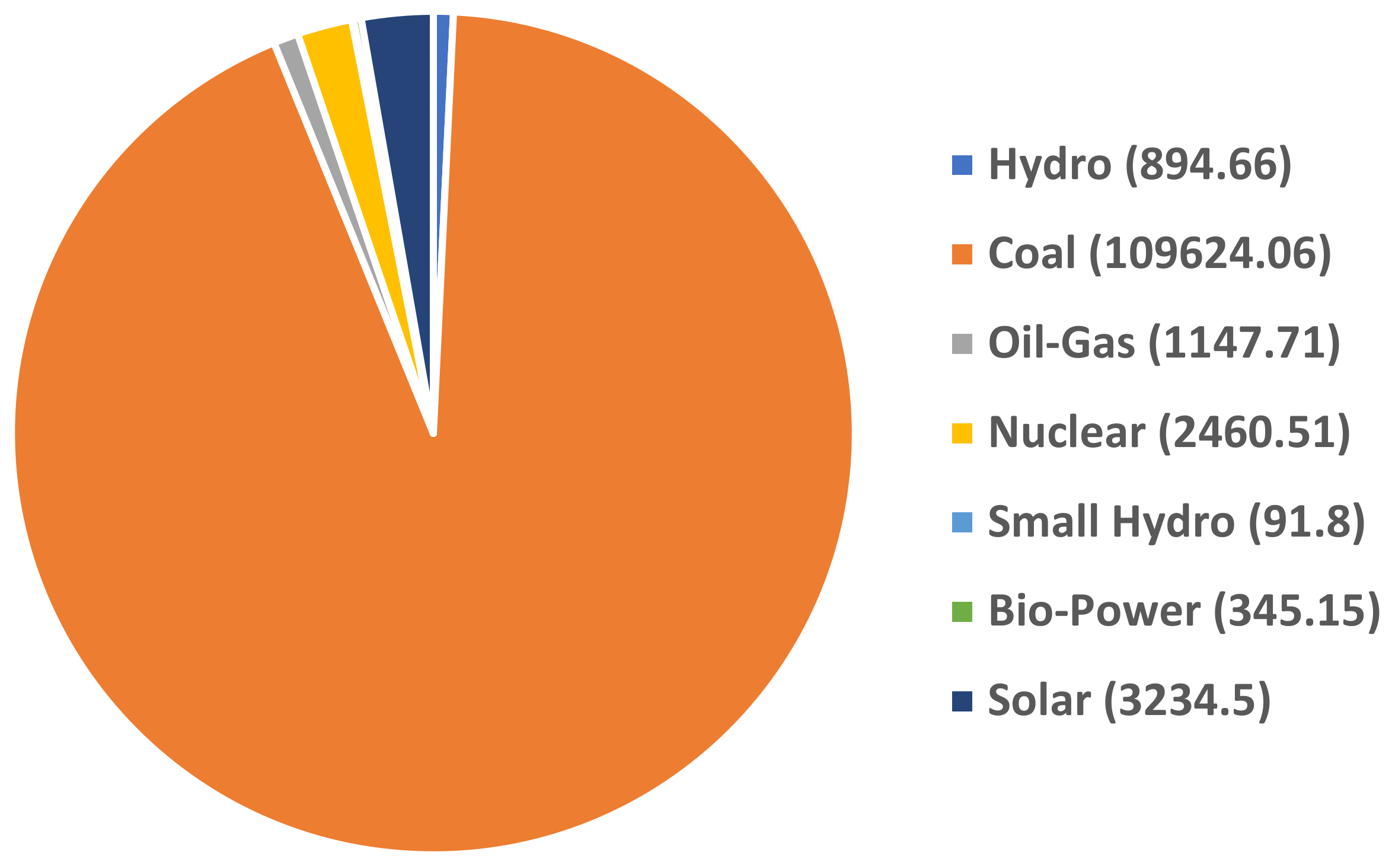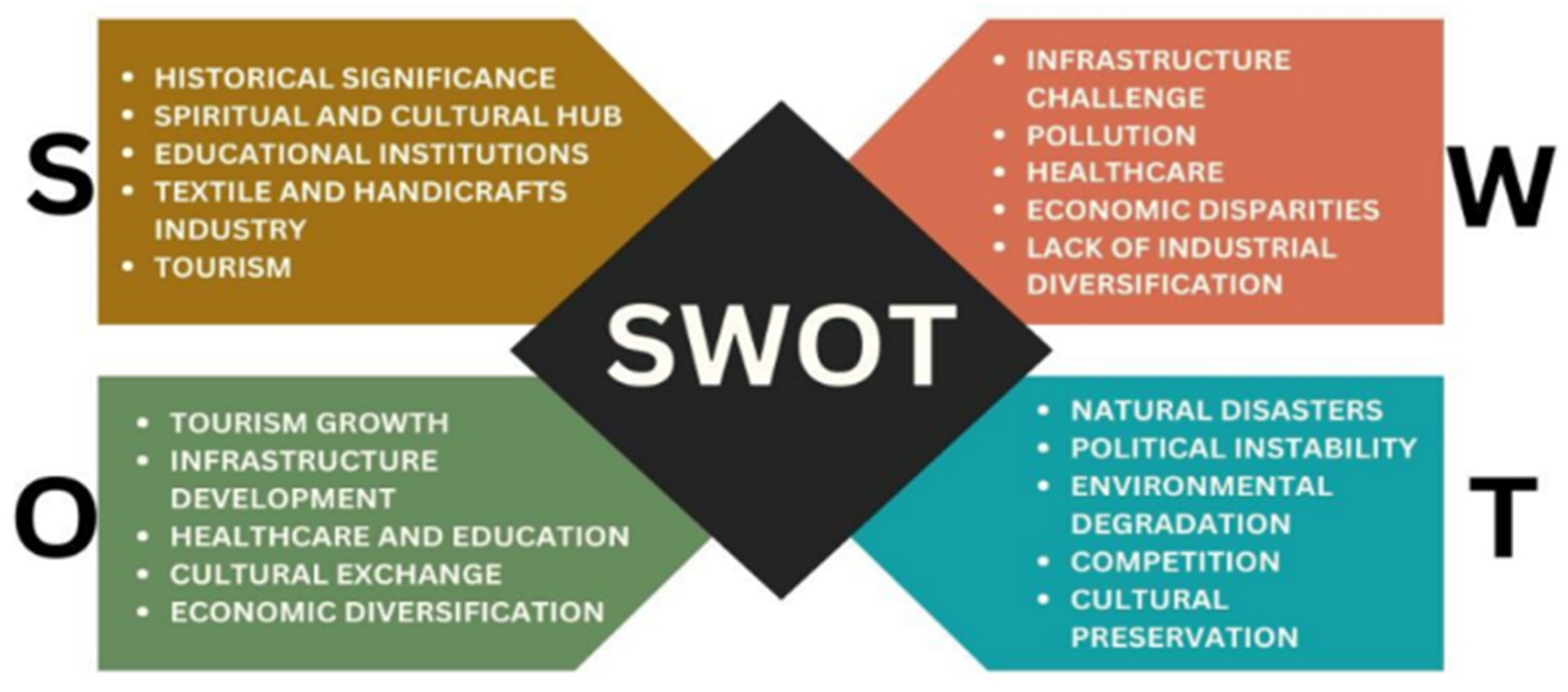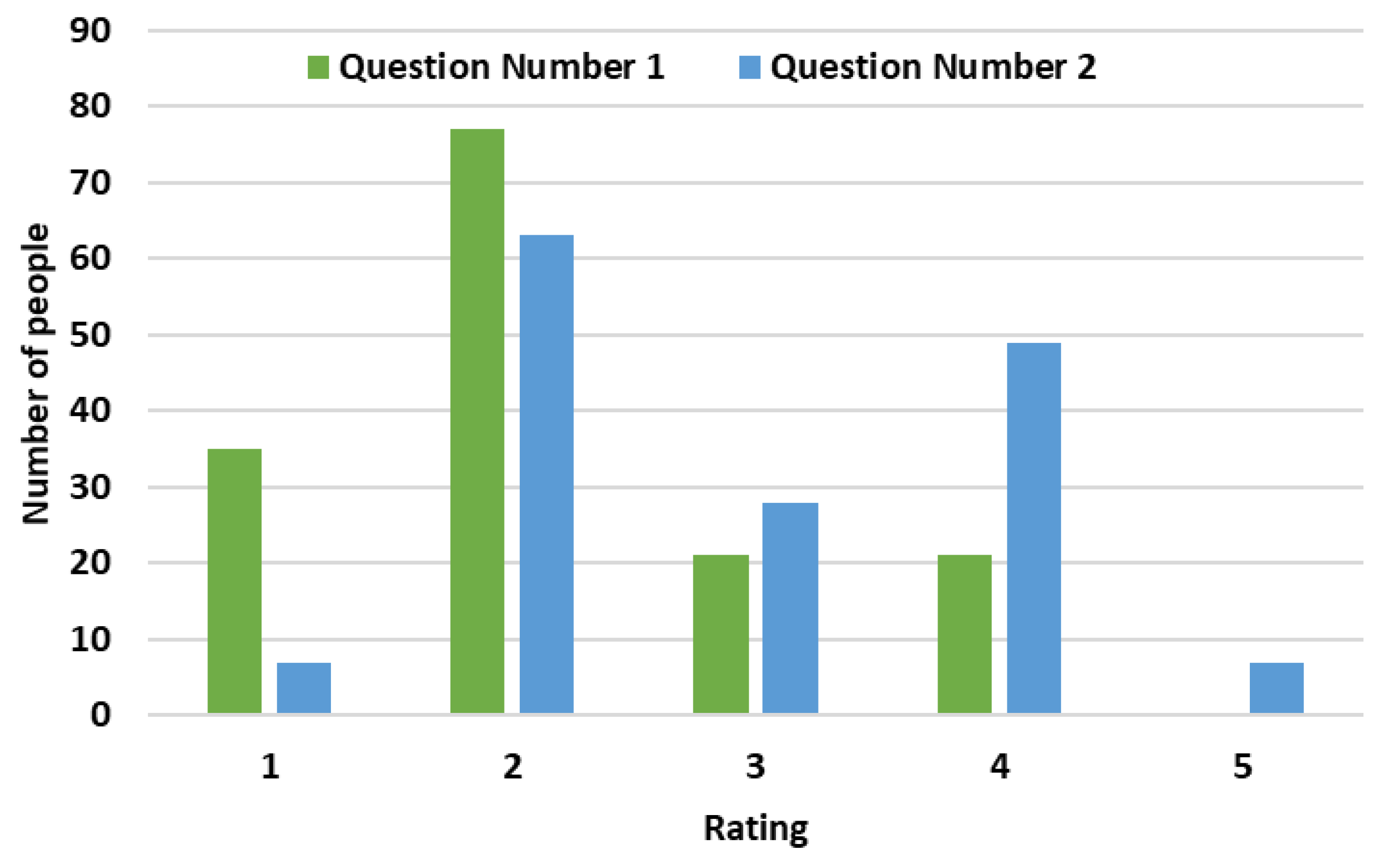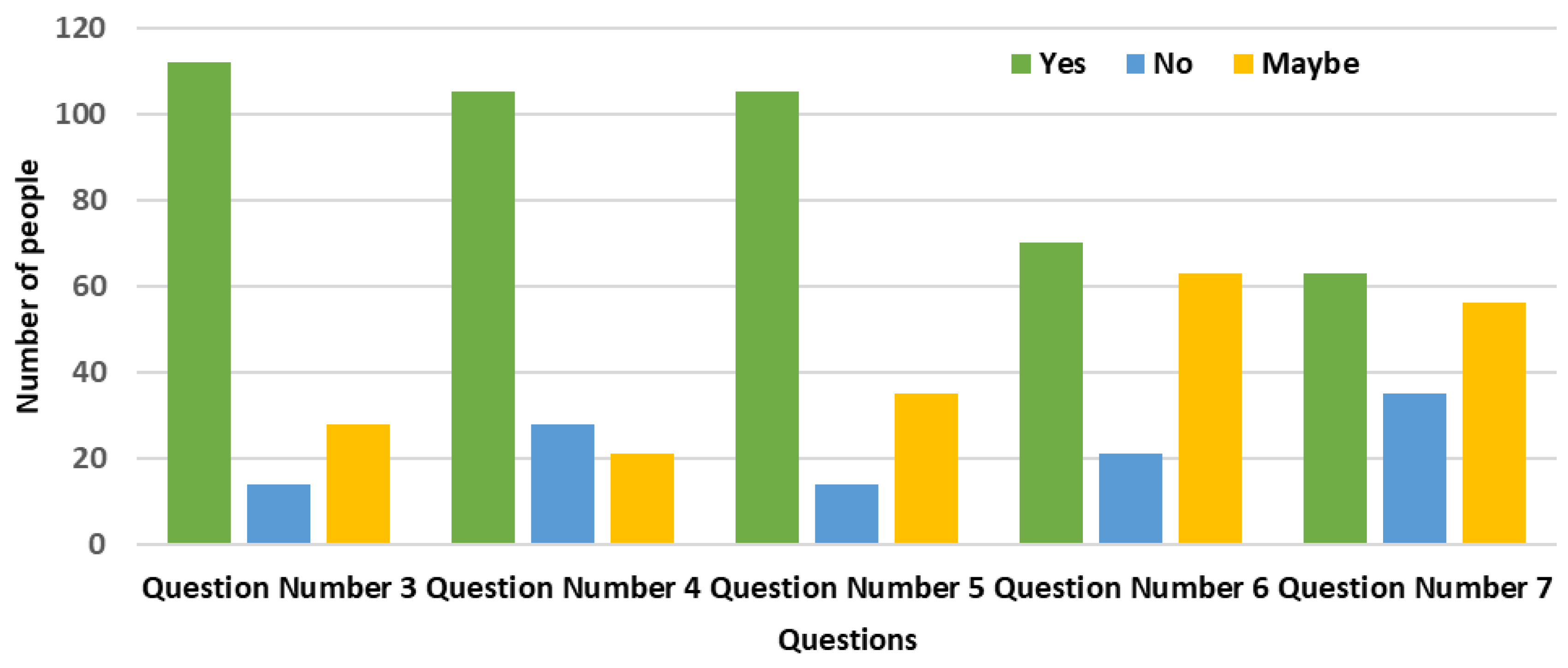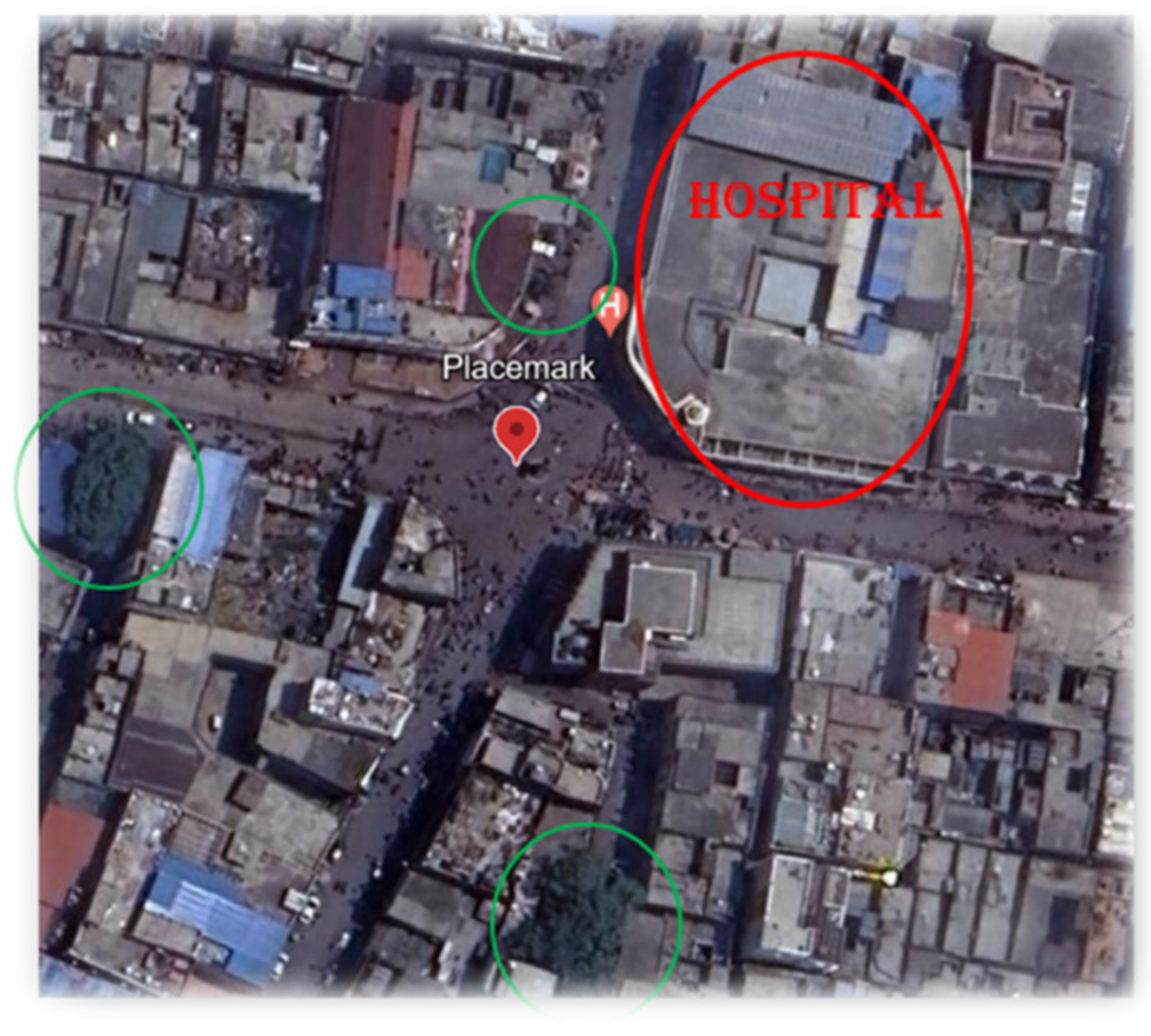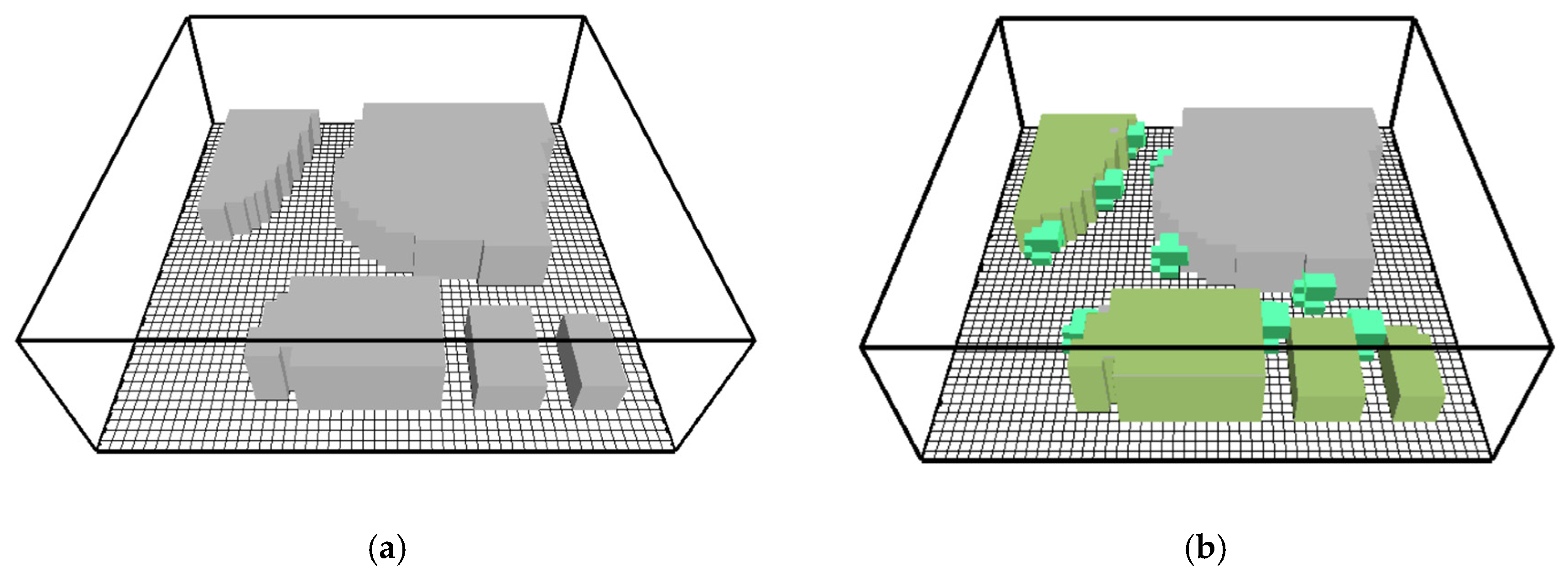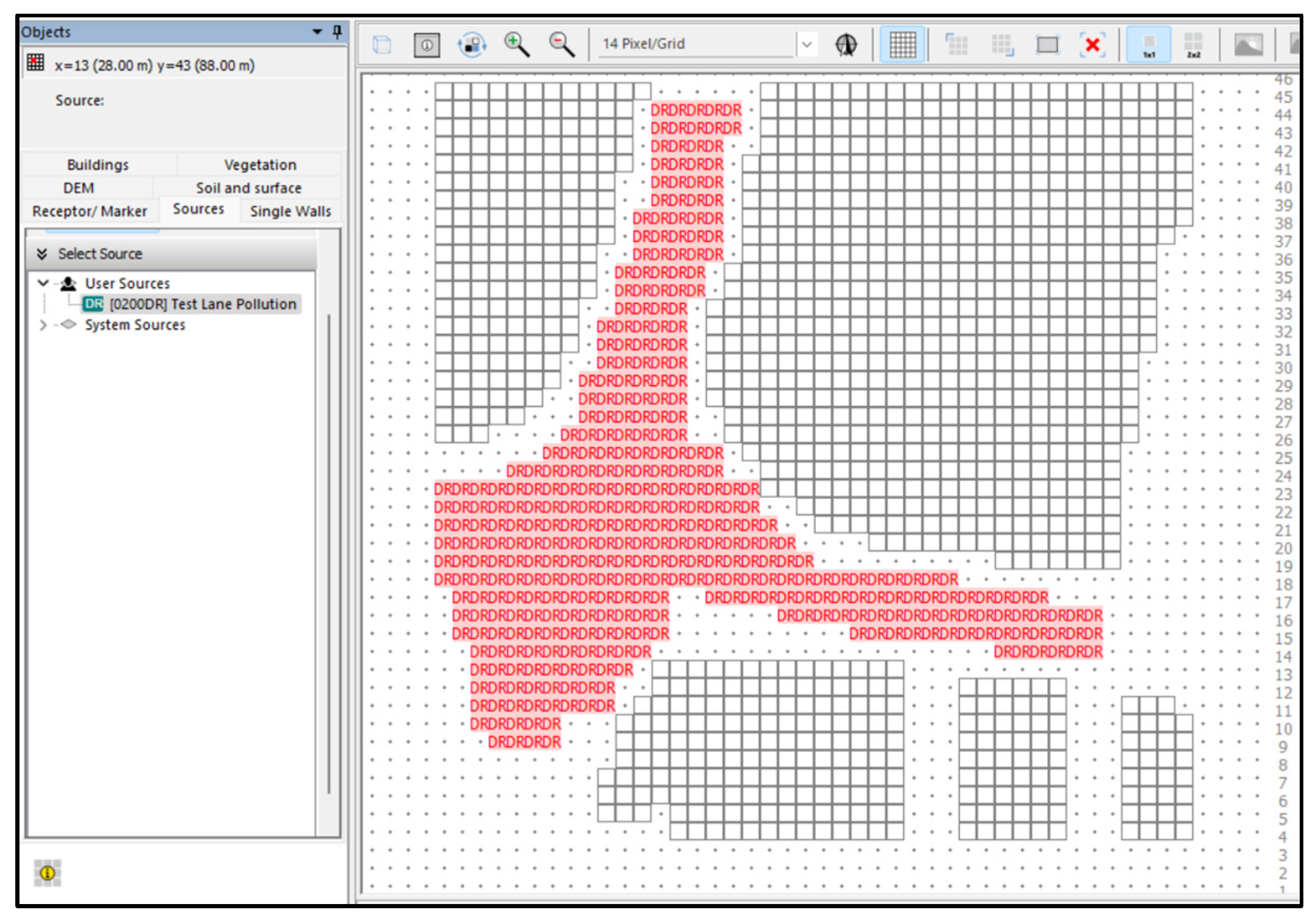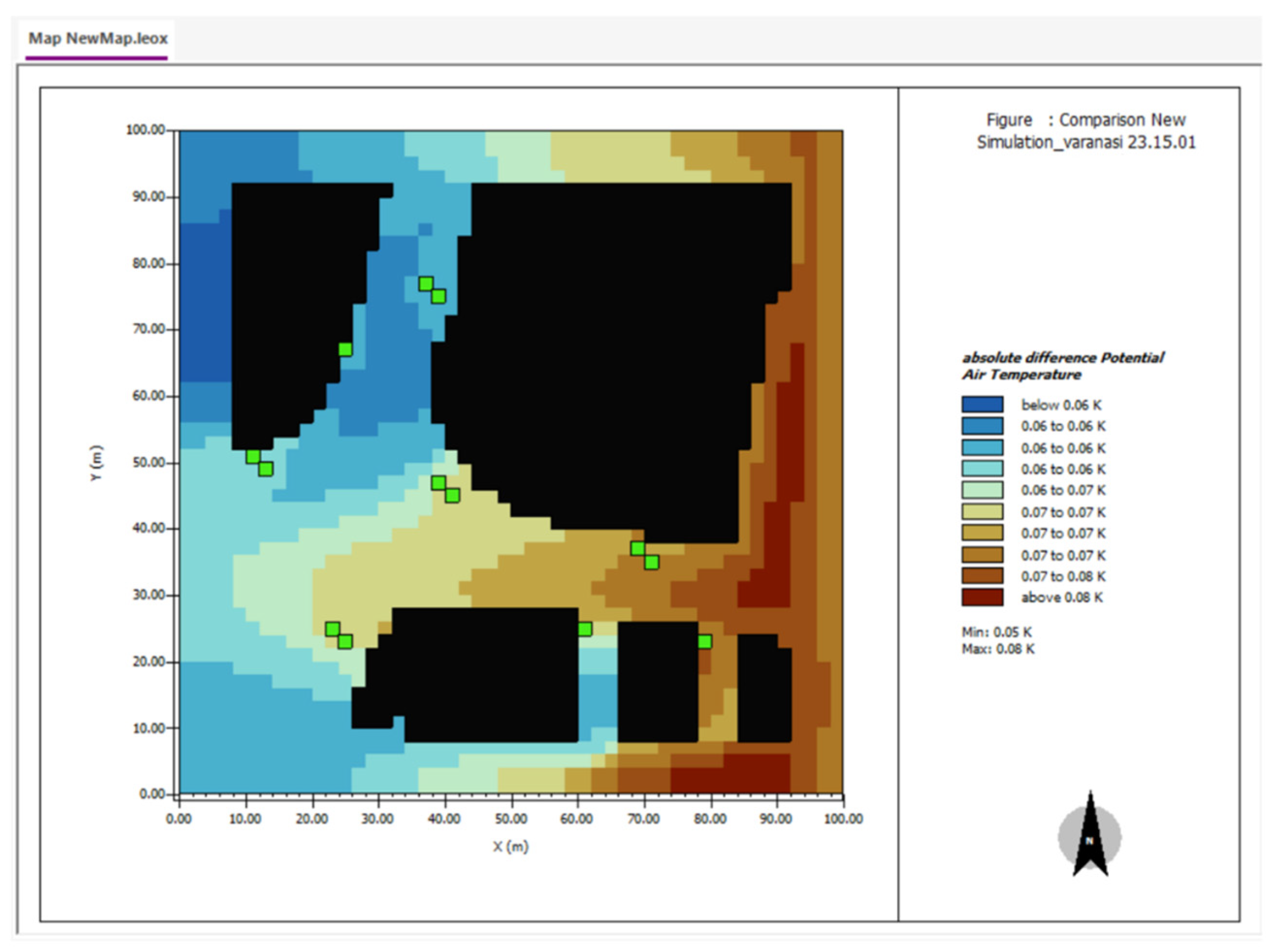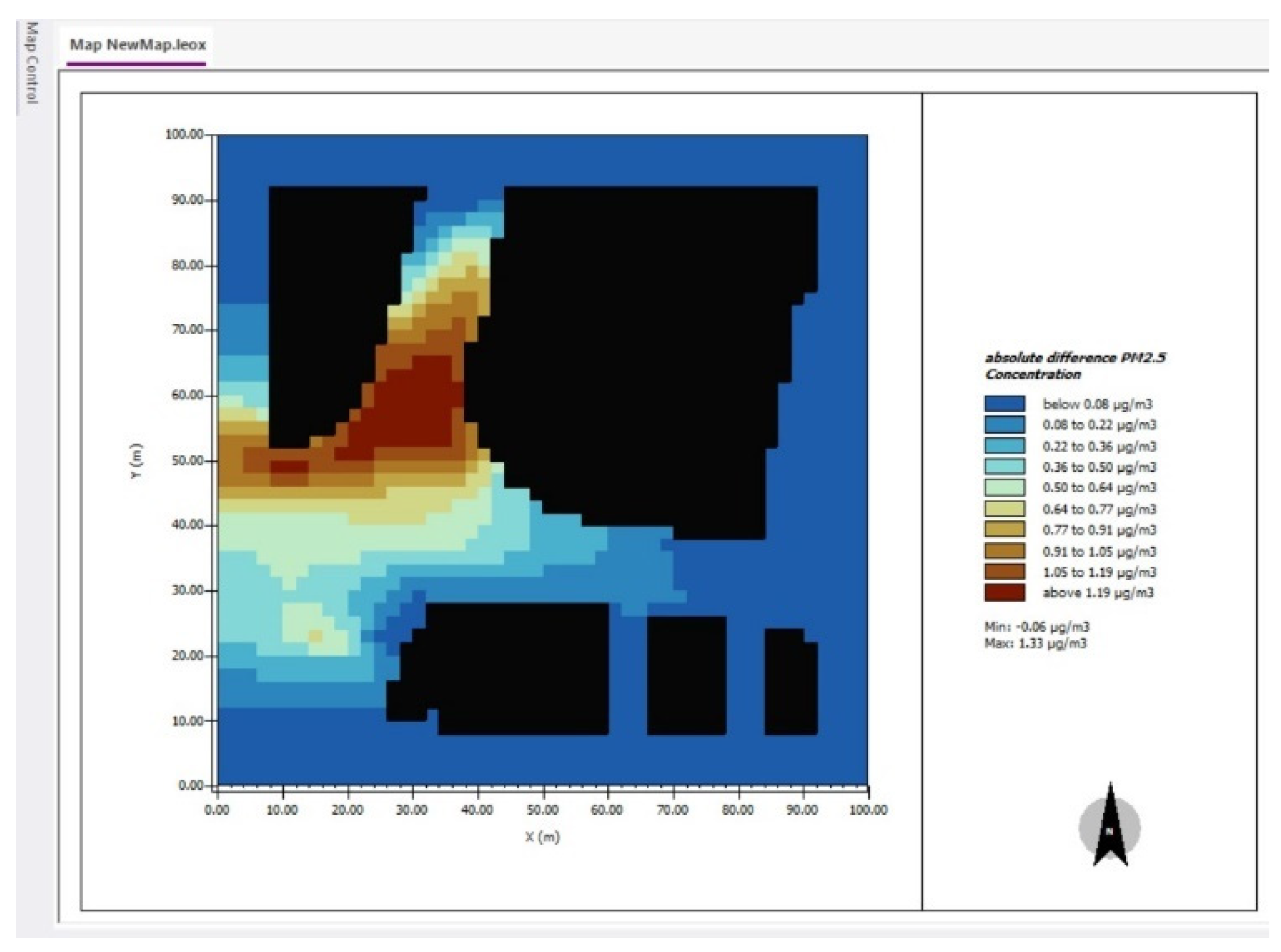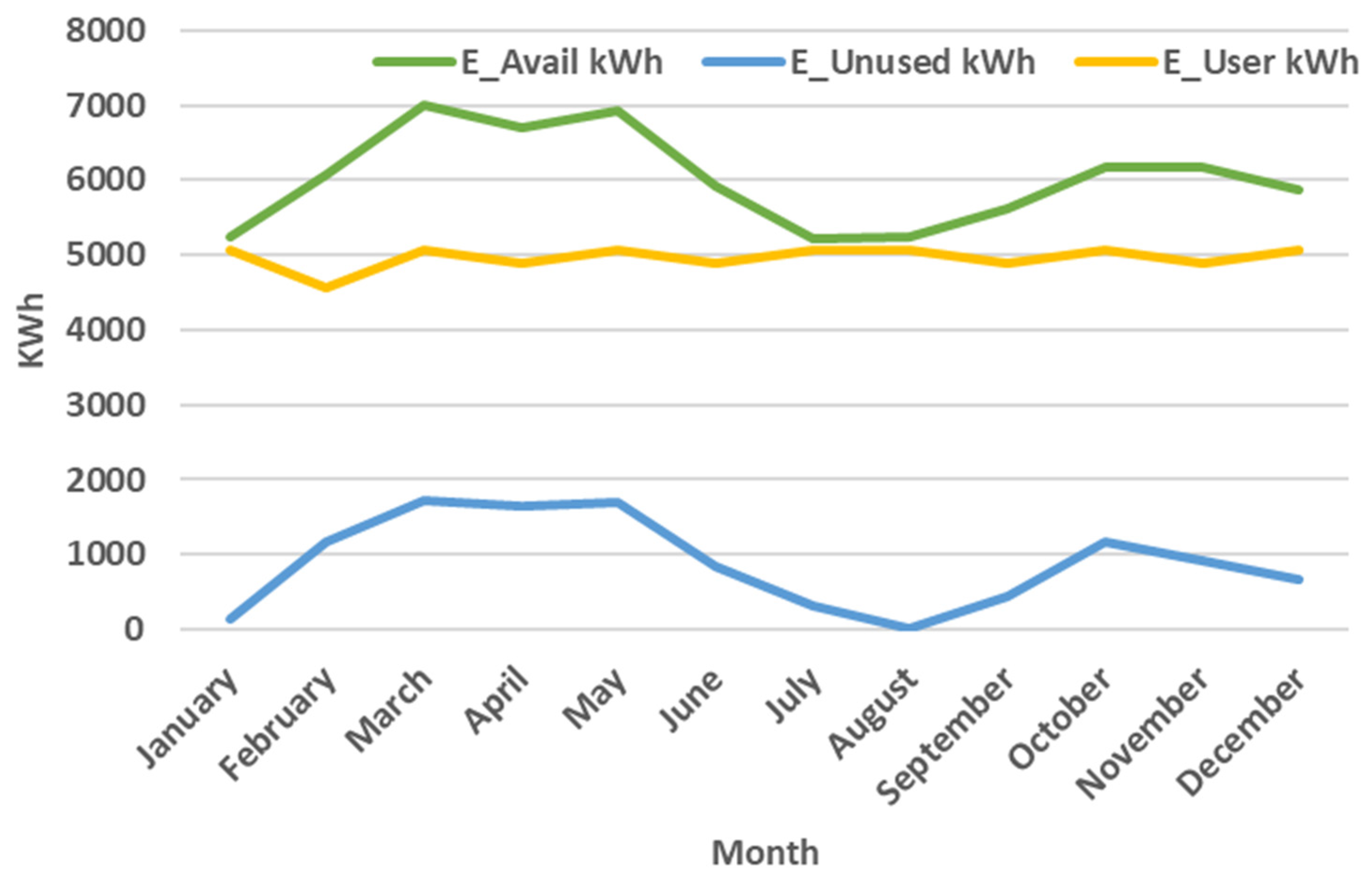Smart cities [
1] are urban areas that utilise technology and data to enhance the efficiency of various services, improve the quality of life for their residents, and optimise resource usage [
2]. The core idea behind this concept is to integrate information and communication technology (ICT) solutions across different sectors, such as transportation, energy, healthcare, and governance, to create a more sustainable and interconnected urban environment [
3,
4].
Using sensors, devices, and data analytics, smart cities gather real-time information, enabling better decision-making and resource allocation [
5]. For instance, smart transportation systems leverage data to optimise traffic flow and reduce congestion [
6], while energy-efficient technologies promote sustainability [
7]. Furthermore, smart cities significantly emphasise citizen engagement [
8], fostering active participation through digital platforms to encourage community and collaboration [
9].
The need for smart city optimisation arises from rapid urbanisation, population growth, and the increasing demand for sustainable and liveable environments. As urban areas face congestion, pollution, and resource constraints, adopting smart technologies becomes essential for effective resource management, improved quality of life, and the creation of resilient urban ecosystems [
10]. Notable examples of smart cities, each with its characteristics, showcase different strategies and technological applications to address urban challenges. In a recent study [
11], Sarachaga identified Singapore as a pioneering smart city due to the country’s substantial investments in an extensive network of sensors and cameras for urban monitoring and management. Furthermore, the city has also allocated SGD 73 million to pursue three main areas of development: digital government, digital economy, and digital society. This firm commitment to innovation and technology has positioned Singapore among the leading cities in the 2021 IMD-SUTD Smart City Index (SCI) [
12]. Similarly, other cities, including Seoul (South Korea) and Copenhagen (Denmark), have implemented bespoke solutions to address their distinctive urban requirements. Seoul has prioritised using big data analytics for intelligent traffic and waste management systems, exemplifying its commitment to technological efficiency [
13]. On the other hand, Copenhagen is distinguished by its commitment to eco-innovation and sustainability, with 22% of its urban area dedicated to green spaces [
14]. These examples highlight the need for tailored and integrated solutions to meet specific urban contexts’ needs while demonstrating adaptability and scalability.
To address these challenges, dividing the characteristics of a city into distinct axes can simplify the analysis of urban issues and the formulation of solutions. This approach allows the creation of indicators that evaluate multiple dimensions, such as quality of life, and facilitates comparative analyses between cities. The aforementioned axes permit a systematic examination of urban contexts concerning several key domains, including culture, the environment, energy, the economy, and social issues [
15]. The axes employed in this study are as follows: Smart Energy, Smart Environment, Smart Mobility, Smart Economy, and Smart Community.
1.1. Literature Review
The concept of smart cities has been extensively explored in recent years, yielding significant advancements in isolated domains such as energy systems, mobility, and environmental sustainability. However, integrating these domains into a cohesive multi-axial framework remains challenging in urban planning. Existing studies have demonstrated the optimisation of renewable energy systems in smart city contexts, highlighting improvements in energy efficiency and reductions in carbon emissions through the optimal allocation of resources [
16]. Similarly, advancements in smart grid communication technologies have enhanced energy management; however, these studies often focus primarily on energy infrastructure without addressing the broader interaction with other urban systems [
17].
Regarding economic development, studies have examined how smart infrastructure can promote economic growth, focusing on the socio-technical dimensions of technology, people, and institutions [
18]. While this research outlines the economic benefits of smart cities, it does not fully explore the interaction of economic development with environmental and social sustainability. Further work has evaluated how technological advancements can drive economic growth, emphasising the role of the digital economy [
19]. Yet, these remain narrowly focused on technological innovations without addressing other urban priorities, such as community engagement and environmental health. Other research has taken a more integrated approach, addressing the need to collectively consider smart city development’s economic, environmental, and social aspects [
20]. However, much of this work’s practical framework for prioritising actions across these domains remains undeveloped. Urban spatial intelligence has been explored as a potential solution, advocating for data-driven strategies that adapt to real-time changes in urban environments. However, these studies have not provided clear methodologies for evaluating the feasibility and impact of specific actions [
21].
Environmental sustainability is another focal area in smart city research. Various studies have emphasised the importance of multi-level governance in managing climate change at the urban level, calling for coordinated actions between local and national authorities [
22]. While this work addresses governance challenges, it lacks a focus on specific environmental actions such as greening and pollution control, which are critical to achieving smart city goals. Urban parks and green spaces have also been highlighted as a key factor in sustainable city planning, linking environmental initiatives with social well-being [
23]. However, there is a limited exploration of how these spaces interact with other urban systems, such as energy or mobility.
In urban mobility, research has shown the potential of electric vehicle car-sharing schemes to reduce emissions and enhance transport sustainability [
24,
25]. However, this work focuses primarily on electric vehicles without considering the broader spectrum of mobility solutions, such as cycling infrastructure, a critical component of integrated urban transport systems. Other studies have compared cycling infrastructures in different cities, recommending policies to promote cycling as a sustainable mode of transport. Still, these do not address how mobility interacts with energy use or environmental impact [
26].
Decision-making tools are essential for managing the complexity of smart city development. Multi-criteria decision-making frameworks have been proposed to evaluate urban projects, but these lack the practical ranking systems necessary for prioritising actions based on feasibility and impact [
25,
27]. While theoretical models have been developed to guide urban decision-making, they remain abstract and difficult to apply in real-world scenarios, requiring a structured, action-oriented approach. Simulation tools play a critical role in smart city planning. ENVI-met, for example, has been widely used to model urban climates and assess the impact of environmental initiatives such as greening [
28]. However, its application has been limited to environmental simulations, with little energy or mobility considerations integration. Similarly, other studies have used ENVI-met to simulate urban thermal environments, achieving valuable insights into the urban heat island effect without incorporating broader urban systems such as energy planning or transport infrastructure [
29,
30].
Regarding urban energy systems, studies have explored the potential of renewable energy integration, including solar PV systems, to reduce emissions and improve energy sustainability [
31]. However, these studies focus primarily on rural electrification or energy infrastructure without considering the urban context where energy systems must interact with other urban needs, such as mobility and environmental sustainability [
32]. Other research has explored the role of green-blue spaces in mitigating the urban heat island effect, demonstrating environmental benefits but without addressing the interaction between green spaces and energy systems [
33].
Governance and policy are crucial to the successful implementation of smart city initiatives. Several studies have emphasised the importance of aligning local actions with broader sustainability goals, using frameworks such as smart urban metabolism to guide urban resource management [
34]. However, while these studies provide a valuable theoretical foundation, they often lack practical tools for prioritising actions based on feasibility and potential impact. Comparative analyses of sustainable and smart city models have identified key differences in their approach to environmental, social, and economic challenges. Still, these studies are largely theoretical, without concrete methodologies for assessing the feasibility of different smart city initiatives [
35,
36].
Several studies have focused on strengthening specific smart axes within cities. For instance, one study developed the mobility axis by implementing smart traffic lights to reduce CO
2 emissions and improve traffic flow at intersections in a small Portuguese city [
37]. However, this study did not segregate the analysis into different axes, nor did it create an incidence matrix to assess the impact of one action on another. Similarly, other research [
38] explored the integration of photovoltaics, energy storage, and electric vehicles by introducing an energy management system (EMS), highlighting a reduction in energy costs. In a different study [
39], researchers examined the planning process for developing the Reininghaus District, focusing on optimising energy technology networks and scenarios. This research contributed to the framework for energy planning, leveraging accumulated knowledge to design smart energy supply solutions and guide stakeholders in the city quarter development process. Another study [
40] analysed interviews with 392 citizens from five neighbouring cities in southern Brazil. The findings provided valuable insights for urban planners and social researchers, identifying factors influencing residents’ sense of community and city evaluation. This work offered essential elements for academic and political debates.
While some studies have employed multivariate comparative analysis, yielding novel contributions to smart city development, these results also present opportunities for further scientific exploration [
41]. Similarly, Correia et al. discussed using multi-criteria analysis to derive a final equation capable of assessing cities by incorporating the three primary axes. This methodology included citizen participation throughout the process by first allocating weights among indicators and then evaluating the weight of each axis [
42]. However, this study lacked a comprehensive approach incorporating key axes and an incidence matrix to quantify the actions and their interrelationships.
1.2. Aim of the Work
This work aims to present multi-axial solutions that address the defined axes simultaneously, aiming to enhance cities’ environmental and energy sustainability. This study evaluates the effectiveness of integrated smart city initiatives, ensuring alignment with long-term sustainability goals and contributing to reducing environmental impacts.
Potential solutions to the selected district’s challenges were initially identified. Although the proposed interventions were developed by analysing specific data from a particular urban context, the measures proposed can be generalised and applied in other cities.
The solutions involve integrating green spaces, a photovoltaic system, and sustainable mobility initiatives within a district where vehicular pollution, high temperatures, and energy consumption are interlinked. While the actions aim to encompass more than one of the project’s five primary axes simultaneously, a smart method was used to assess the benefits of these solutions and guide the municipality in setting a priority plan [
15]. Using indicators, the multi-axial nature of the proposed actions is highlighted, providing an evidence-based approach to addressing complex urban challenges effectively.
The selected case study for this research is a district of Varanasi (Uttar Pradesh, India). This complex and dynamic urban environment exemplifies the challenges and opportunities for smart city interventions.
